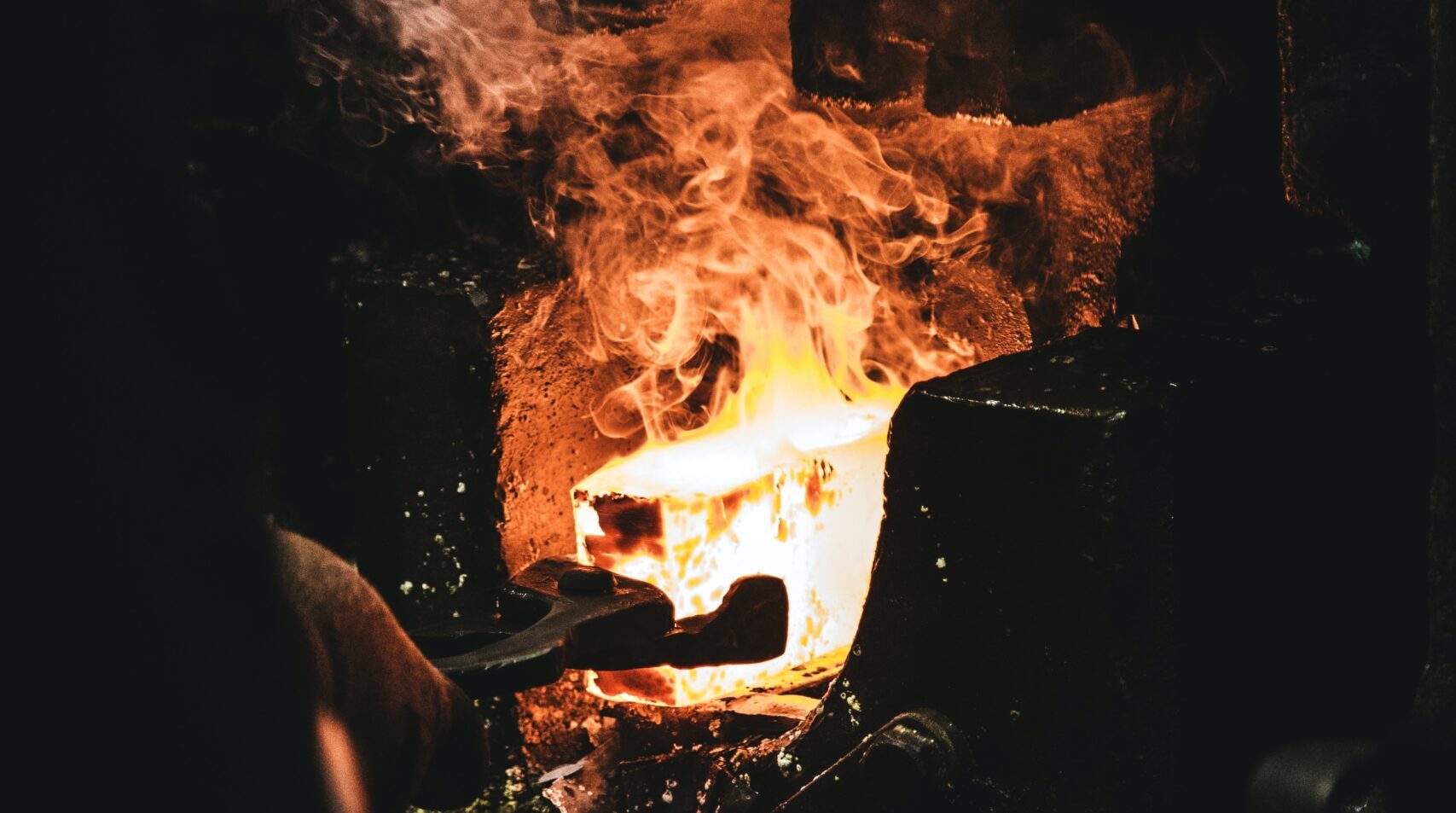A Rich History of Chinese Knife Making
The art of knife making has been part of Chinese tradition since ancient times. These blades were crafted from bronze and other metals, and were used for tasks such as farming and hunting. As time went on, their use expanded to include military and ceremonial applications, depicting a unique status symbol or rank within the army.
Today, these knives still serve a variety of practical purposes, as well as being treasured for their aesthetic value. It is an integral part of Chinese culture and an important showcase of their craftsmanship.
The Different Types of Chinese Knives
The Chinese knives that are made today vary greatly from each other. Here are a few of the most popular types that you can find in the market:
Dao
The Dao is a very large knife with a broad, curved blade. This formidable weapon is used mostly for military applications or as a ceremonial piece, but it is also popular for hunting, and because of its size, can be used as a hand-to-hand combat weapon.
Chu-kou
The Chu-kou is a medium-sized knife with a sharp, pointed blade and an ornamental guard. It is primarily used for food preparation, but can also be used for military purposes as a sidearm.
Tien-kou
The Tien-kou is a small knife with a sharp, straight blade and an ornamental guard. It is the most popular type of knife used for food preparation, although it can also be used as a weapon in a pinch.
The Knife Making Process
Traditionally, knife making was done by skilled craftsmen who had a good understanding of the metallurgy of different metals and how to shape them into blades. The process of making a knife involves several steps that can be broken down as follows:
Forging
The blade is forged from a combination of metals such as bronze, iron, and steel. The metals are heated in a furnace and then shaped into the desired shape and size. The craftsman is also responsible for creating the guard and handle.
Hand Finishing
The blade is then finished by the craftsman by hand grinding and polishing it to a smooth, glossy finish. This process can take days, depending on the complexity of the design.
Decoration
The final step is to decorate the knife. This is typically done using precious metals and gems, and glyphs and symbols that tell a story about the knife. The decorations are traditionally used to reflect the rank of the owner or add symbolism that highlights the importance of the blade.
Concluding Thoughts
Knife making is a time-honored tradition in China that dates back centuries. Despite the changes in society and technology, people still cherish the beauty and craftsmanship of these timeless blades. Whether it’s for food preparation, ceremonial purposes, or military applications, these knives exemplify the skill and artistry of Chinese people throughout the ages.
